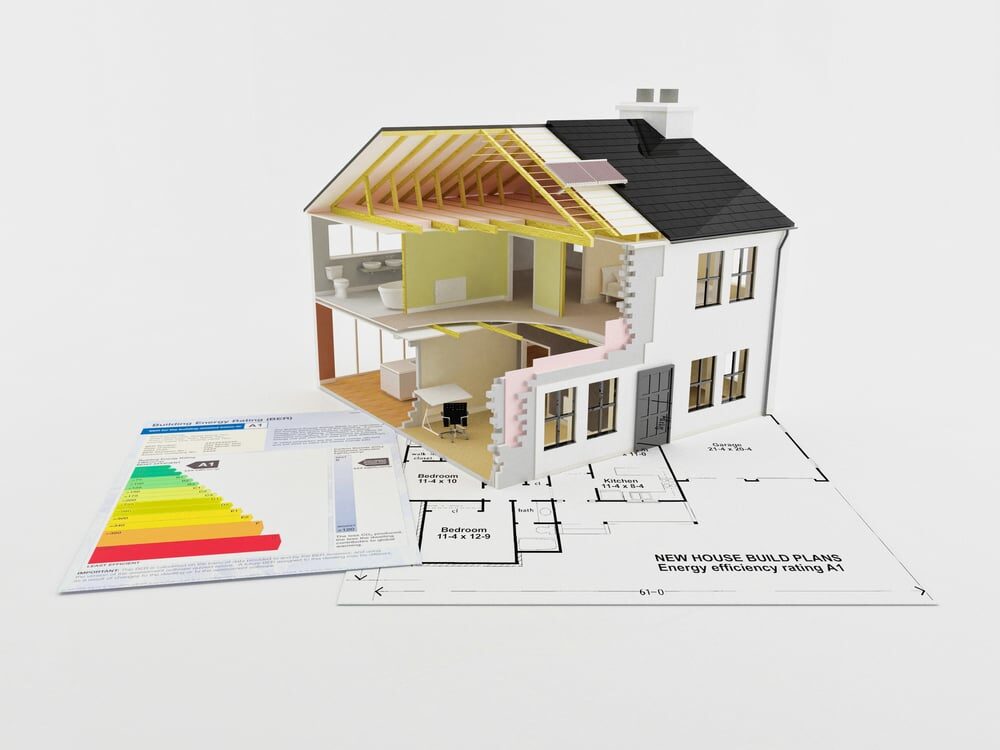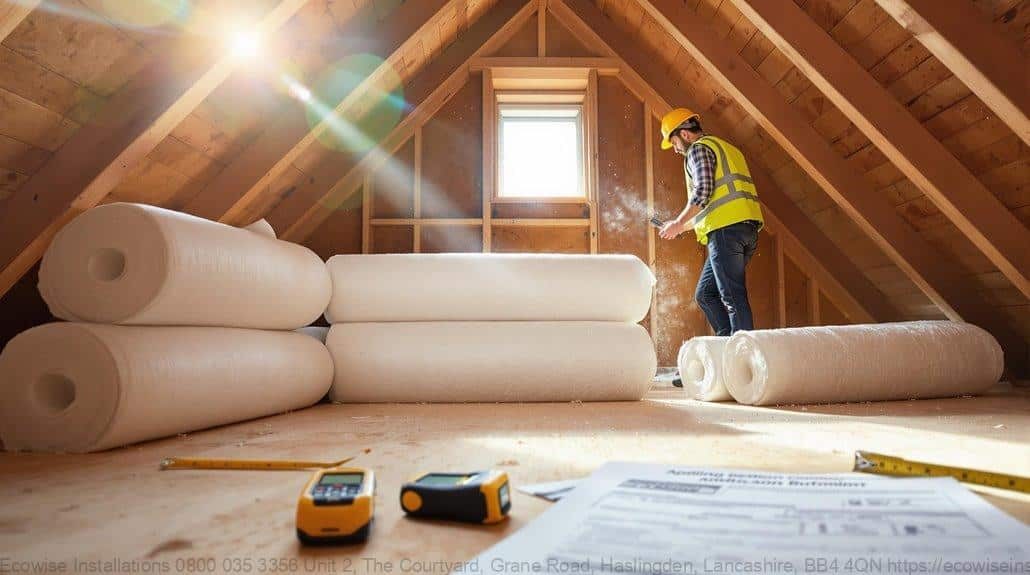Modern home design is often associated with sleek architecture, open floor plans, and innovative technology. Yet, one of the most crucial aspects of a comfortable and sustainable home is something far less visible: insulation. Though hidden behind walls, ceilings, and floors, insulation plays a fundamental role in shaping the energy efficiency, comfort, and environmental impact of a house. Without it, even the most aesthetically appealing home could become costly to maintain and uncomfortable to live in.
Energy Efficiency and Cost Savings
One of the main reasons insulation has become central to modern home design is its direct impact on energy efficiency. Properly insulated homes retain heat during the winter and keep interiors cool during the summer, reducing the reliance on heating and air conditioning systems. This translates into lower utility bills, which is particularly important in an era of rising energy costs.
According to energy studies in the UK, US, and EU, insulation can cut heating and cooling expenses by up to 40%. For homeowners, that represents thousands of dollars saved over the lifespan of the property. From a design perspective, architects and builders increasingly consider insulation materials and techniques as a key element in the construction process, rather than as a secondary feature.

Comfort and Indoor Climate
Beyond the financial benefits, insulation greatly influences the comfort level of a home. Poorly insulated houses often experience uneven temperatures, with rooms that are either too hot or too cold. Drafts, cold floors, and excessive heat gain can make even a beautiful home unpleasant to live in.
Insulation helps stabilize the indoor climate, ensuring consistent temperatures throughout the building. This makes it possible to design larger open spaces, high ceilings, and modern glass facades without sacrificing comfort. Homeowners can enjoy the aesthetic appeal of contemporary design while benefiting from the thermal protection that insulation provides.
Acoustic Benefits
While most discussions around insulation focus on temperature control, modern home design also emphasizes acoustic comfort. Noise pollution—whether from busy streets, neighbors, or even between rooms inside a home—can affect well-being and productivity. Insulation materials, particularly those made of mineral wool or specialized acoustic boards, provide effective soundproofing.
This has become especially relevant in the age of remote work. Home offices, recording spaces, or study rooms benefit significantly from insulation that reduces external noise. In multi-family housing developments, proper insulation is essential for privacy and quality of life.
Sustainability and Environmental Impact
Today’s homeowners are increasingly conscious of their environmental footprint. Insulation is one of the most effective ways to make a home eco-friendly. By reducing energy consumption, it lowers carbon emissions associated with heating and cooling. For governments committed to climate goals, insulation is not merely a private benefit but a public necessity.
Many modern insulation materials are also produced from recycled or renewable resources. For example, cellulose insulation is often made from recycled paper, while natural materials like sheep’s wool and cork are gaining popularity. Incorporating these eco-friendly materials into design enhances a home’s sustainability credentials, aligning with green building certifications such as LEED or BREEAM.

The Role of Insulation in Modern Architecture
Modern architecture often features extensive use of glass, minimalistic walls, and innovative shapes. While visually striking, such designs can be difficult to insulate effectively. Architects therefore rely on advanced materials like vacuum insulated panels, spray foam insulation, or high-performance double and triple glazing to maintain energy efficiency without compromising the design.
Additionally, passive house standards, which emphasize extremely low energy consumption, rely heavily on insulation. In these homes, walls, roofs, and floors are built with thick, airtight insulation layers that drastically reduce heat loss. Combined with ventilation systems, these designs create houses that use up to 90% less energy for heating and cooling compared to traditional buildings.
Long-Term Value and Resale Potential
Insulation also contributes to the long-term value of a property. A well-insulated home not only saves money during ownership but is also more attractive to potential buyers. With energy efficiency ratings becoming an important factor in real estate, homes that lack proper insulation may sell for less or stay on the market longer.
For developers and architects, integrating high-quality insulation from the start is therefore both a practical and economic decision. It ensures compliance with modern building codes, enhances sustainability credentials, and increases the home’s desirability in a competitive market.
Common Areas Requiring Insulation
To maximize benefits, modern home design addresses insulation across multiple areas:
- Walls – Both external and internal walls require insulation for thermal and acoustic performance.
- Roofs and attics – Heat rises, making roof insulation one of the most critical factors in preventing energy loss.
- Floors – Insulated floors prevent cold transfer from basements or ground-level spaces.
- Windows and doors – Double or triple glazing, along with insulated frames, are essential for modern energy-efficient homes.
By carefully addressing each of these zones, architects can ensure that the overall performance of the building meets modern standards of comfort and efficiency.
Insulation as an Invisible Hero
In modern home design, insulation is far more than a technical requirement—it is an invisible hero that supports energy savings, sustainability, comfort, and long-term value. While it may not be as visually striking as a designer kitchen or panoramic window, its presence is felt every day in the quality of life it provides.
As society continues to move toward greener living and smarter design, insulation will remain a cornerstone of residential architecture. For homeowners, architects, and developers alike, investing in effective insulation is one of the most impactful decisions in shaping not only the home of today but also the sustainable future of housing.



